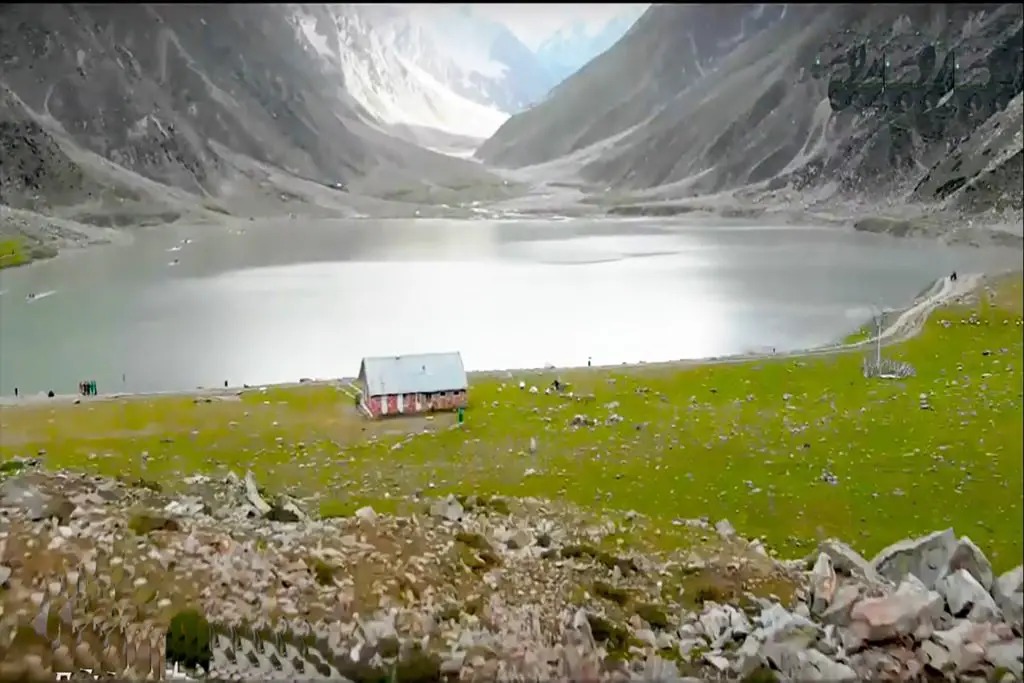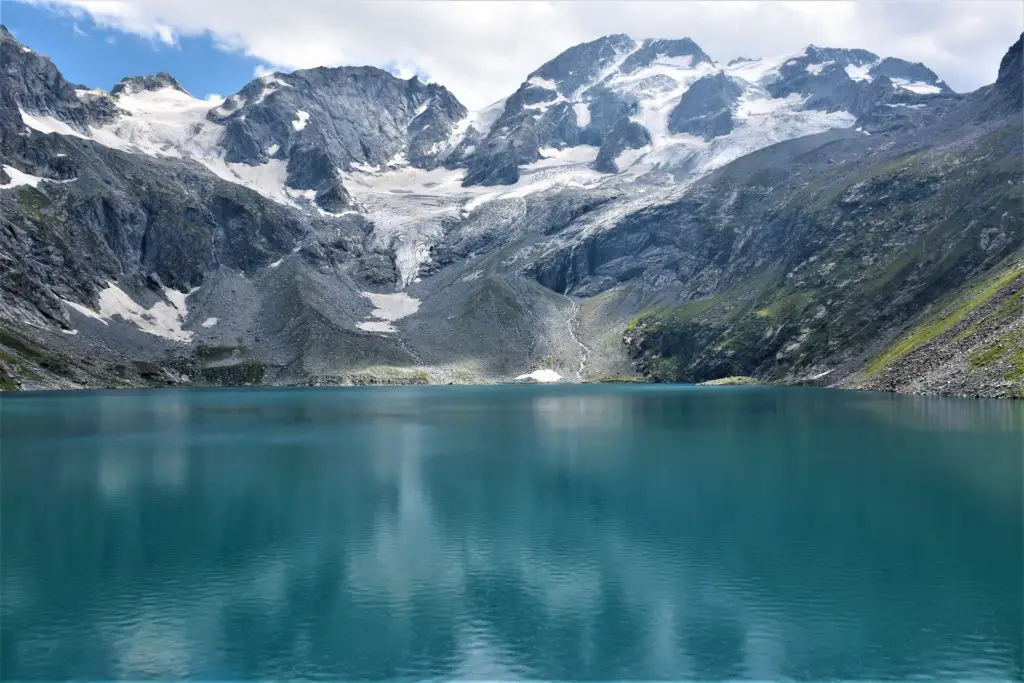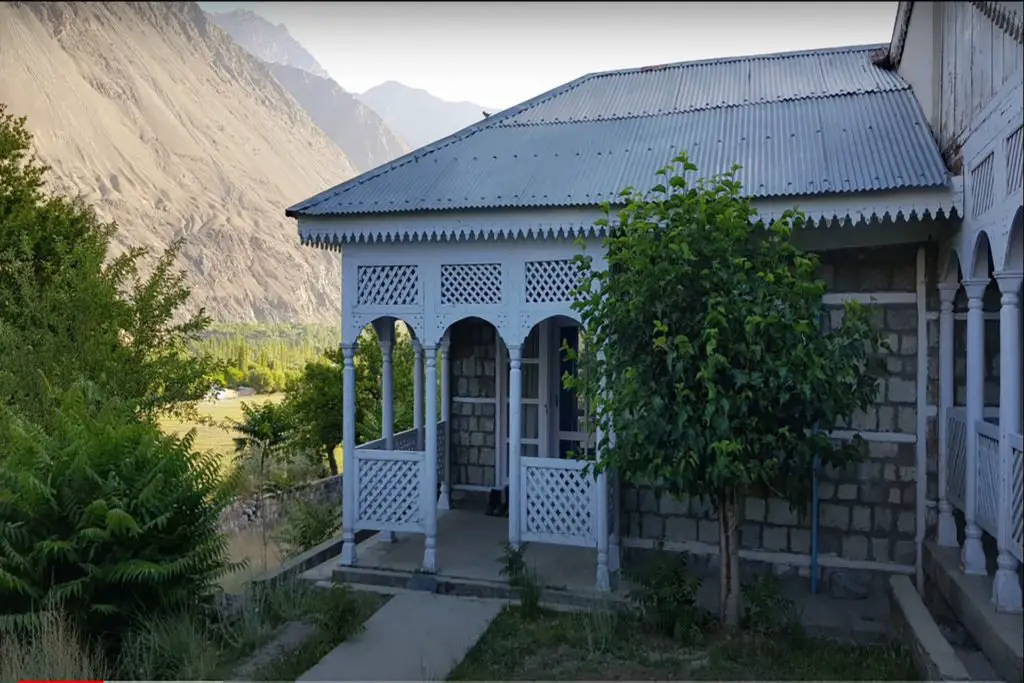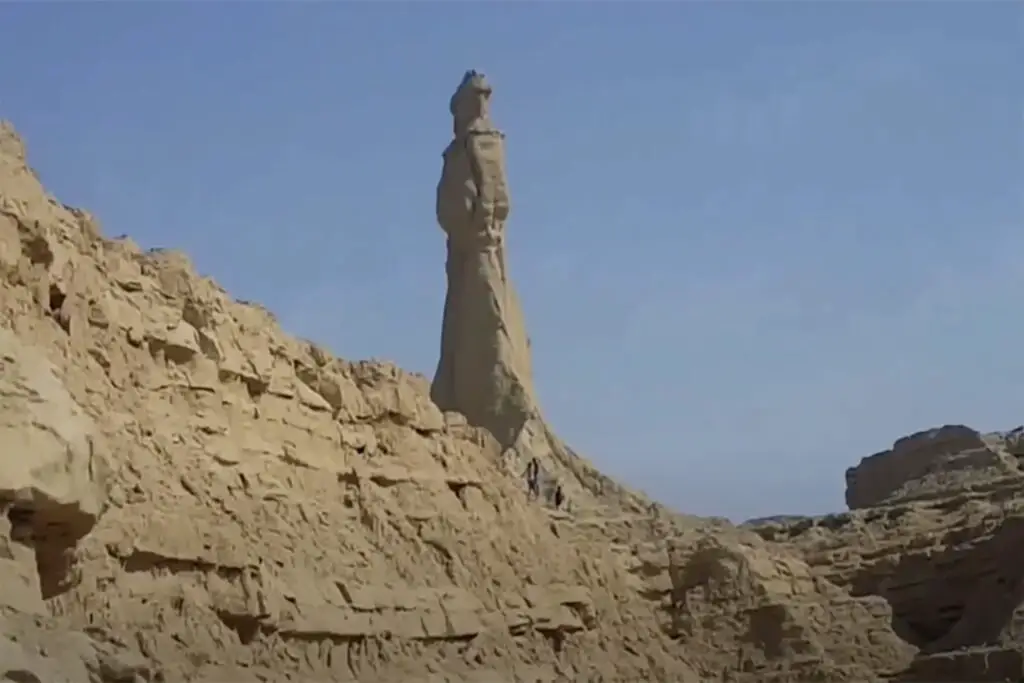The Ramsar Convention, also known as “The Convention on Wetlands,” is an international environmental treaty established in 1971 and ratified by a sufficient number of nations by 1975. This convention focuses on the conservation of wetlands and the sustainable use of their resources through national and international cooperation. Under the Ramsar Convention, wetland sites are designated as Ramsar sites if they meet specific criteria indicating their international importance.
Criteria for Ramsar Sites Selection
- Criterion 1: “It contains a representative, rare, or unique example of a natural or near-natural wetland type found within the appropriate biogeographic region.”
- Criterion 2: “It supports vulnerable, endangered, or critically endangered species or threatened ecological communities.”
- Criterion 3: “It supports populations of plant and/or animal species important for maintaining the biological diversity of a particular biogeographic region.”
- Criterion 4: “It supports plant and/or animal species at a critical stage in their life cycles, or provides refuge during adverse conditions.”
- Criterion 5: “It regularly supports 20,000 or more waterbirds.”
- Criterion 6: “It regularly supports 1% of the individuals in a population of one species or subspecies of waterbird.”
- Criterion 7: “It supports a significant proportion of indigenous fish subspecies, species or families, life-history stages, species interactions and/or populations that are representative of wetland benefits and/or values and thereby contributes to global biological diversity.”
- Criterion 8: “It is an important source of food for fishes, spawning ground, nursery and/or migration path on which fish stocks, either within the wetland or elsewhere, depend.”
- Criterion 9: “It regularly supports 1% of the individuals in a population of one species or subspecies of wetland-dependent non-avian animal species.”
Sites in Pakistan as Per Ramsar Convention
Pakistan is a party to many international conventions and treaties related to climate and environmental protection. A list of Ramsar sites in Pakistan is available at the bottom of this article.
Pakistan’s latest initiative in this regard is the Climate Change Act, 2016, which will implement the provisions of all international environmental treaties related to protecting the environment and addressing the problem of global warming.
In recent years, Pakistan has been actively working with global partners to raise sufficient funds to implement international best practices through national training programs and public awareness campaigns to achieve national consensus on climate change and environmental protection.
The Convention is one such treaty that Pakistan signed in 1976. The convention derived its name from the Iranian city of Ramsar where the negotiations took place.
Representatives of eighteen governments met to finalize the terms of the treaty on 2 February 1971 in the International Convention on Wetlands. Importance especially as a waterfowl habitat, later renamed the Ramsar Convention.
It is an international treaty that provides a framework for the protection of wetland habitats. It is the first global conservation convention and is by far the only global convention that addresses the specific requirements of a single type of ecosystem.
The main objective of the Convention is to prevent the loss of wetlands. Every year February 2nd is marked as World Wetlands Day to raise awareness of the importance of wetlands and how human activities in and around these habitats pose an imminent threat to wetlands around the world.
As of January 2016, 169 states are party to the convention. There are currently over 2,300 Ramsar sites worldwide, covering over 2.1 square kilometers.
Ramsar Sites in Paksitan
The Ramsar Convention for the Conservation of Wetlands was signed at Ramsar, Iran in 1971.
As of July 2022, there are 19 Ramsar sites in Pakistan covering an area of 1,343,627 hectares (3,320,170 acres).
Maximum Ramar Sites
The United Kingdom has the world’s largest number of Ramsar Sites i.e. 175.
Total Ramsar Sites in the World
There are more than 2400 Ramsar sites in the world, covering an area of around 2.5 million sq. kilometers.
First Ramsar Site of the World
World’s First Ramsar site was identified in 1974, which was the Cobourg Peninsula in Australia.
Ramsar Meaning
Ramsar is also known as the Ramsar Convention on Wetlands. Ramsar Sites are named after the city of Ramsar in Iran, where the treaty was signed in 1971.
The treaty was named as Ramsar Convention.
List of Ramsar Sites in Pakistan 2022
|
Serial Number |
Site Code |
Name |
District |
Province |
Image |
|
1 |
2PK009 | ||||
|
2 |
2PK002 |
Mianwali District | |||
|
3 |
2PK017 | ||||
|
4 |
2PK007 | ||||
|
5 |
2PK008 | ||||
|
6 |
2PK010 | ||||
|
7 |
2PK018 | ||||
|
8 |
2PK011 | ||||
|
9 |
2PK012 | ||||
|
10 |
2PK013 |
Sujawal District | |||
|
11 |
2PK006 |
Thatta District | |||
|
12 |
2PK014 |
Lasbela District | |||
|
13 |
2PK015 |
Badin District | |||
|
14 |
2PK016 | ||||
|
15 |
2PK019 | ||||
|
16 |
2PK004 |
Kohat District | |||
|
17 |
2PK003 |
Muzaffargarh District | |||
|
18 |
2PK001 |
Bannu District | |||
|
19 |
2PK005 |
Khushab District |
The above list of Ramsar sites in Pakistan 2022 is courtesy of https://en.wikipedia.org/wiki/List_of_Ramsar_wetland_sites_in_Pakistan







